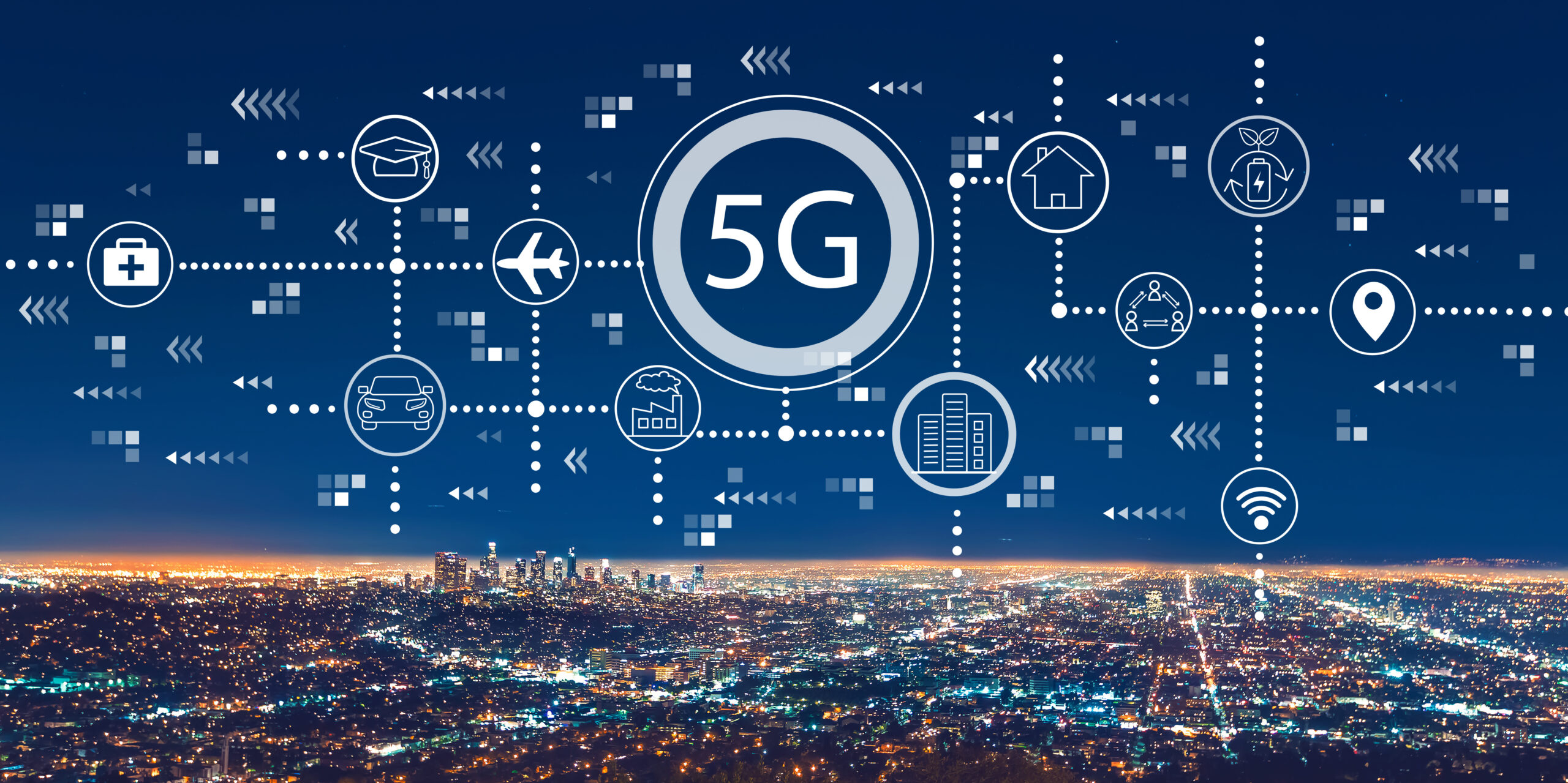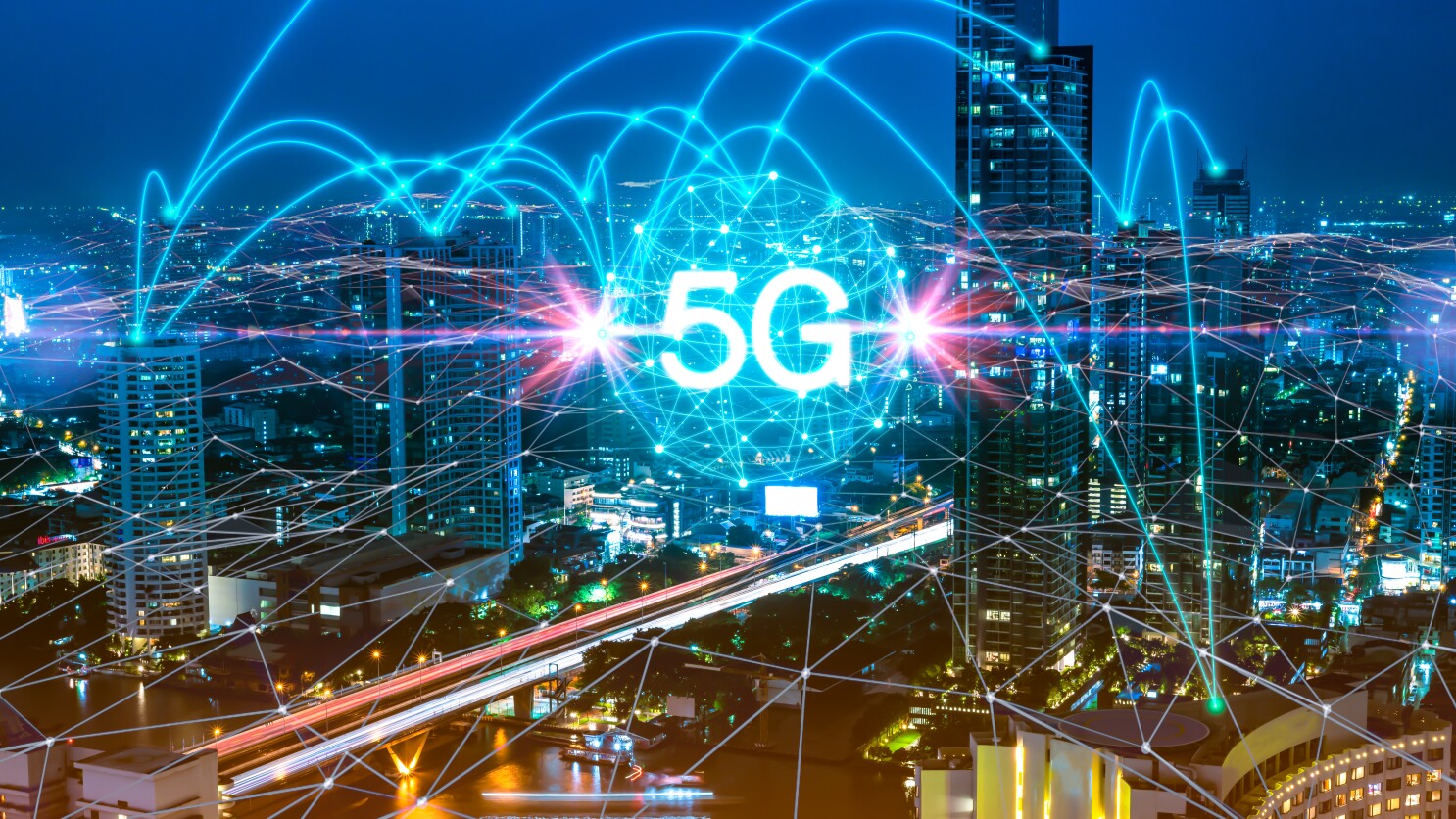
5G technology
As we stand on the cusp of a new era in technology, the introduction of 5G promises to revolutionize connectivity in ways we could only dream of. This article serves as a comprehensive introduction to 5G technology, delving into its capabilities, applications, and the transformative impact it is poised to make on our interconnected world.
Understanding 5G: The Evolution of Wireless Networks
Speed and Bandwidth: 5G, or the fifth-generation wireless network, represents a quantum leap in wireless communication. It is designed to deliver significantly higher speeds and increased bandwidth compared to its predecessor, 4G LTE. This leap in performance lays the foundation for a multitude of groundbreaking applications.
Low Latency: One of the defining features of 5G is its ultra-low latency. This refers to the minimal delay in data transmission, making real-time interactions, such as augmented reality (AR) and virtual reality (VR), seamless and instantaneous. The reduced latency enhances user experiences across various applications.
Applications of 5G: Transforming Industries and Daily Life
Enhanced Mobile Broadband (eMBB): 5G’s first application, Enhanced Mobile Broadband, brings faster internet speeds and improved network capacity to mobile users. Streaming high-definition content, online gaming, and video conferencing become smoother and more immersive.
Massive Machine Type Communications (mMTC): 5G facilitates the connection of a massive number of devices simultaneously. This is particularly beneficial for the Internet of Things (IoT), enabling smart homes, cities, and industries. The seamless connectivity of countless devices contributes to more efficient and interconnected ecosystems.
Impact on Industries: A Catalyst for Innovation
Healthcare Revolution: In the healthcare sector, 5G opens the door to transformative applications. From remote surgeries conducted with precision to the real-time monitoring of patients, the enhanced capabilities of 5G hold the potential to revolutionize healthcare delivery.
Smart Cities and Infrastructure: Cities equipped with 5G technology can optimize public services, traffic management, and energy consumption. The increased connectivity allows for the creation of smart infrastructure, paving the way for more sustainable and efficient urban living.

Challenges and Considerations: Navigating the 5G Landscape
Infrastructure Investment: The widespread implementation of 5G requires significant infrastructure investment. The deployment of new towers and the upgrading of existing networks are essential to ensure comprehensive coverage and the realization of 5G’s full potential.
Security and Privacy Concerns: As with any technological advancement, security and privacy are critical considerations. The increased connectivity and data transfer capabilities of 5G demand robust security measures to protect against potential threats and breaches.
Overcoming Limitations: Addressing the Challenges of 5G Technology
Interference and Range Issues: While 5G boasts incredible speed and low latency, it faces challenges related to signal interference and reduced range, especially in densely populated urban areas. Ongoing research and technological advancements aim to address these limitations, ensuring consistent connectivity across diverse environments.
Energy Consumption Concerns: The increased density of 5G infrastructure can potentially lead to higher energy consumption. Efforts are underway to develop energy-efficient solutions and optimize the deployment of 5G networks, balancing the need for speed with environmental sustainability.
Conclusion: Embracing the Future with 5G
In conclusion, the introduction of 5G marks a pivotal moment in the evolution of wireless technology. With its unparalleled speed, low latency, and transformative applications across industries, 5G is set to redefine the way we connect. It’s crucial to address challenges and ensure the responsible and secure implementation of this revolutionary technology.



